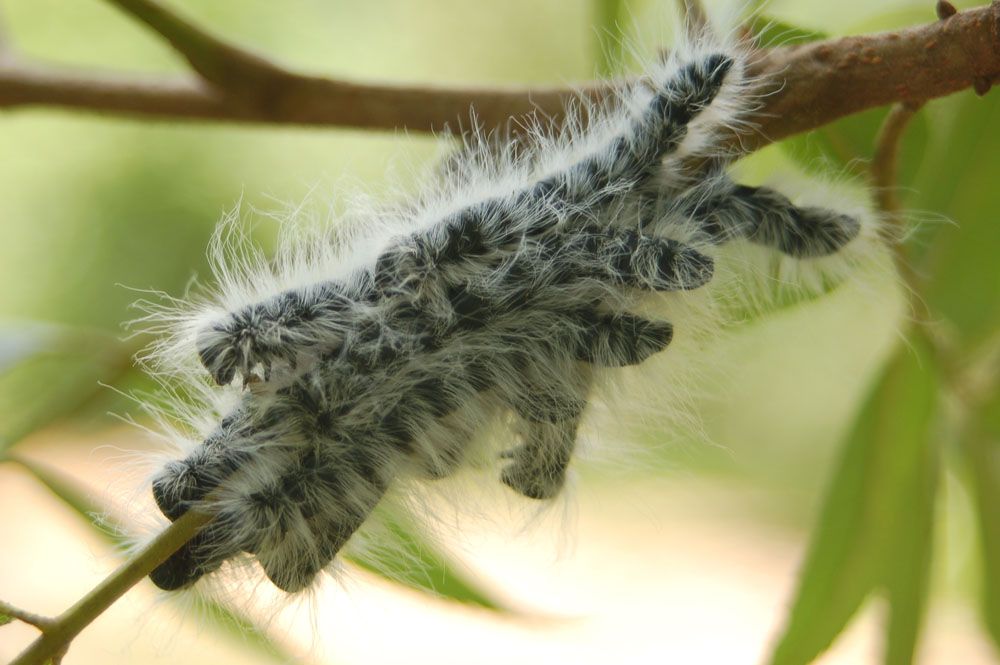
Walnut Caterpillar – Datana intergerrina
Walnut Caterpillar – Datana Intergerrina
Scientific Name: Datana Intergerrina
Common Name: Walnut Caterpillar
Distribution: North America ranging from Ontario to Minnesota, the majority of the Eastern States, and northern Mexico.
Host plants: The larvae exclusively consume the leaf of Juglandaceae plants. Black and English walnuts, butternut, pecan, and several hickory species are examples of hosts.
Identification: The walnut caterpillar moth, or Datana integerrima, belongs to the Notodontidae family of moths. It may be found throughout eastern North America, ranging from Ontario to Minnesota, the majority of the Eastern States, and northern Mexico.
The light-brown wings of adult walnut caterpillars are dotted with dark-brown, transversely wavy streaks. The rear wings have no crosslines and are a lighter shade of brown. The rear of the thorax is covered with a tuft of dark brown hair. The wingspan of a moth is around 1 1/2 to 2 inches (37 – 50 mm). The bodies of immature larvae are reddish-brown in hue, with thin cream-colored stripes running the length of them. When they reach adulthood, the almost two-inch (50 mm) long, black larvae are heavily coated in long, dirty-white or grayish hairs.
Life Cycle: In Oklahoma, there are two generations of this pest annually. Moths begin to appear in late July and early August, as well as in mid-May to early June. In June and July, as well as from late August through October, larvae consume leaves for food. Although they eat in groups and are social, the larvae do not weave webs to catch food. While bigger larvae eat everything save the petiole, smaller larvae skeletonize the leaves. Every time they are ready to lose their skins, they return in groups to the trunk or bigger limbs. After developing into pupae, mature larvae depart off the trees. Second generation pupae hibernate.
Damage: While they eat in groups, larvae do not build webs. They can consume every leaf on little trees or only a few leaves on a few branches of larger trees.
Management: Due to their habit of feeding high on trees, walnut caterpillars are frequently overlooked until they make their way down to the trunk when they molt into a dense, fuzzy, gray mass of enormous caterpillars. By then, if one has the stomach, they can be kicked loose with a stick and trampled underfoot. Since they nearly never multiply to the point where they really defoliate trees, these caterpillars are obviously appetizing to birds and other predators. The best control is provided by pyrethroids when administered when the caterpillars are tiny.
